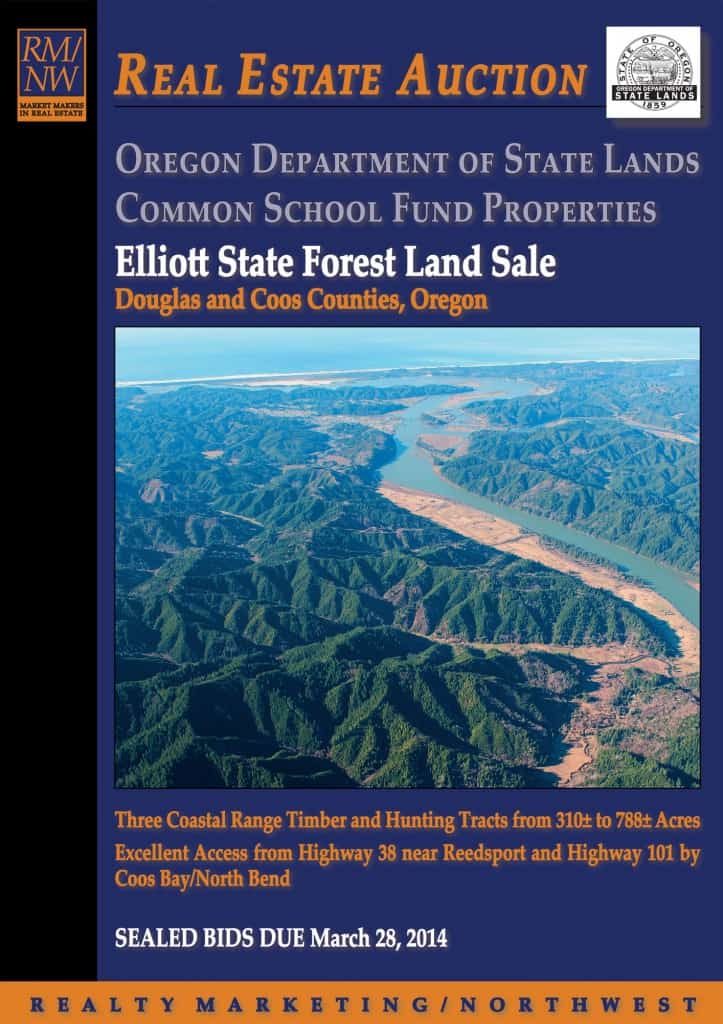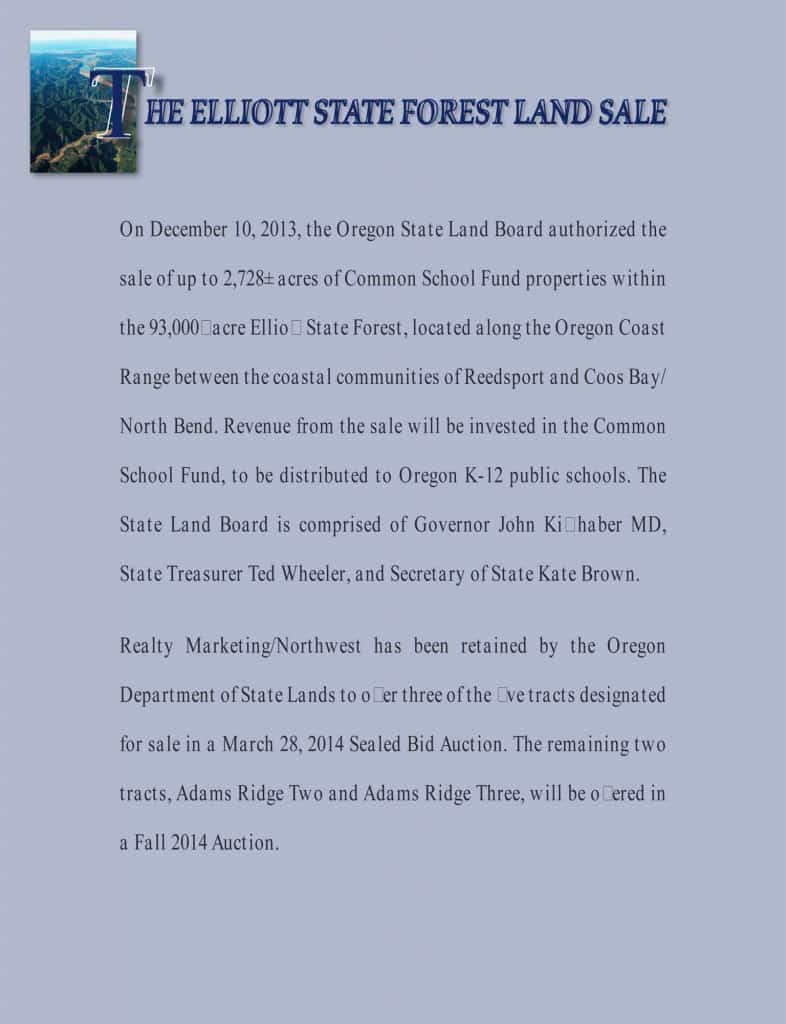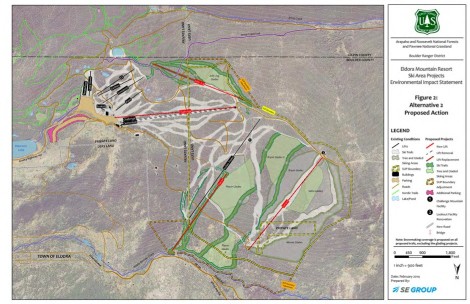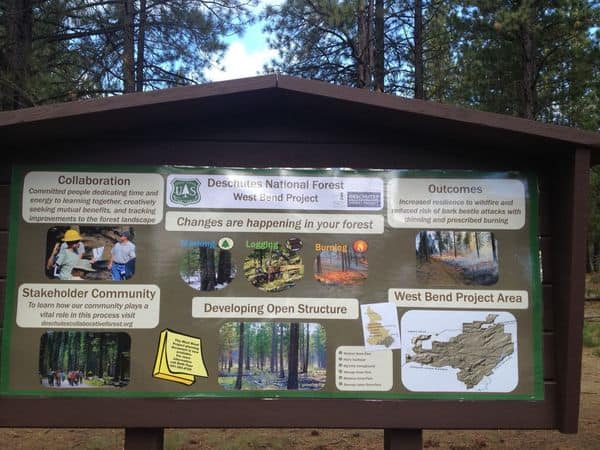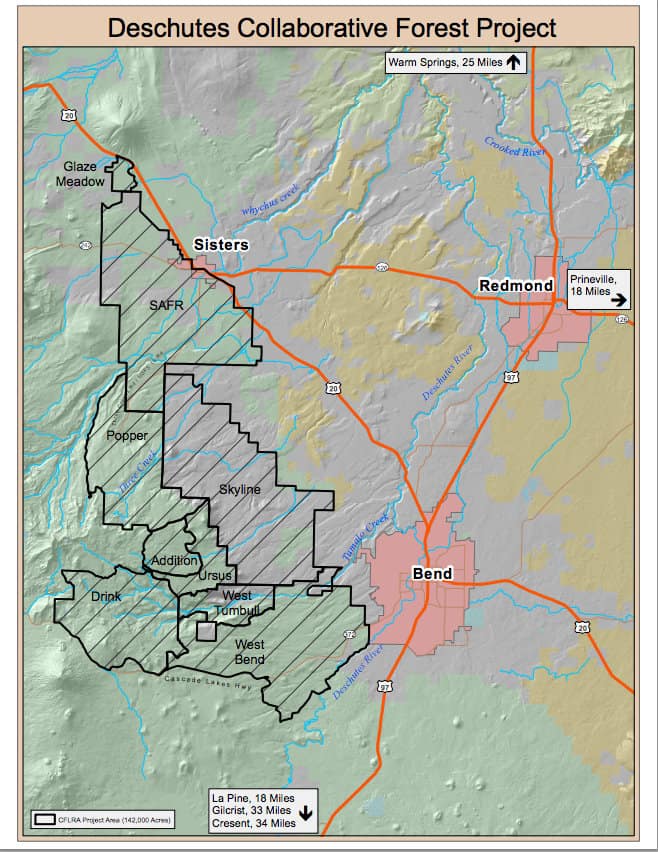About a month ago I had a discussion with Dr. Bob Ferris on this blog, initially concerning the general quality of “government science.” Dr. Ferris is a “real scientist” who is “serious” and currently works for Cascadia Wildlands, an environmental activist group based in Eugene, Oregon. He has a number of publications to his credit and was instrumental in the efforts to reintroduce gray wolves into Yellowstone National Park in 1996, through his position as a biologist with Defenders of Wildlife. Here is a current sample of his work: http://www.mercurynews.com/opinion/ci_25387360/wheres-science-fish-and-wildlife-service-must-rewrite
When Dr. Ferris brought up the topic of “best available science,” I responded by providing a link to an Evergreen Magazine interview with Dr. Alan Moghissi, a published and widely recognized expert on the topic. For some reason Dr. Ferris was able to use this link as an opportunity to veer oddly and sharply off-topic and to begin leveling ad hominem attacks on ESIPRI’s website; one of ESIPRI’s founders (and occasional contributor to this blog), Norman MacLeod; Evergreen Magazine; Jim Petersen (Dr. Moghissi’s interviewer and publisher of Evergreen); Dr. Moghissi’s “right wing credentials”; Dave Skinner, a regular contributor to this blog; and the Boards of both ESIPRI and Evergreen Foundation: https://forestpolicypub.com/2014/02/17/of-wolves-and-wilderness/comment-page-1/#comment-38197
The link that seemed to cause Dr. Ferris so much vexation and total disregard for the topic at hand (“best available science”) was to a recent issue of Evergreen Magazine with a picture of Dr. Moghissi on the front cover, the Capitol Building in the background, and featuring the headline: “Fresh Air! Alan Moghissi: Rocking Capitol Hill and the EPA!”: http://www.esipri.org/Library/Evergreen_2012.pdf
Earlier today Karla Davenport, producer of Salem, Oregon’s iSpy Radio show, sent me a copy of this amazing report, EPA’s Playbook Unveiled: A Story of Fraud, Deceit, and Secret Science: http://www.esipri.org/Library/Bolar-Steel_20140319.pdf
This may be the first time I have ever referred to a government report as “amazing” without meaning to be disrespectful. If this is only 50% accurate, it should be made required reading by our public land legislators and their staffs immediately. In my opinion. The report was just released on Wednesday, so has only been available for 72 hours. I have reproduced its Executive Summary here for discussion purposes. I’m curious as to how it is going to be received.
EXECUTIVE SUMMARY
The greatness of our unique nation hinges on the fundamental purpose of the government to serve at the will of the people and to carry out public policy that is in the public interest. When it comes to the executive branch, the Courts have extended deference to agency policy decisions under the theory that our agencies are composed of neutral, non-biased, highly specialized public servants with particular knowledge about policy matters. This report will reveal that within the Environmental Protection Agency (EPA), some officials making critically important policy decisions were not remotely qualified, anything but neutral, and in at least one case — EPA decision making was delegated to a now convicted felon and con artist, John Beale.
John Beale is the character from the bizarre tale of the fake CIA agent who used his perch at the EPA to bilk the American taxpayer out of more than a million dollars. Even Jon Stewart, host of the popular Daily Show, featured Beale’s bizarre tale as “Charlatan’s Web” on his program in December 2013. Before his best friend Robert Brenner hired him to work at EPA, Beale had no legislative or environmental policy experience and wandered between jobs at a small-town law firm, a political campaign, and an apple farm. Yet at the time he was recruited to EPA, Brenner arranged to place him in the highest pay scale for general service employees, a post that typically is earned by those with significant experience.
What most Americans do not know is that Beale and Brenner were not obscure no-name bureaucrats housed in the bowels of the Agency. Through his position as head of the Office of Policy, Analysis, and Review, Brenner built a “fiefdom” that allowed him to insert himself into a number of important policy issues and to influence the direction of the Agency. Beale was one of Brenner’s acolytes — who owed his career and hefty salary to his best friend.
During the Clinton Administration, Beale and Brenner were very powerful members of EPA’s senior leadership team within the Office of Air and Radiation, the office responsible for issuing the most expensive and onerous federal regulations. Beale himself was the lead EPA official for one of the most controversial and far reaching regulations ever issued by the Agency, the 1997 National Ambient Air Quality Standards (NAAQS) for Ozone and Particulate Matter (PM). These standards marked a turning point for EPA air regulations and set the stage for the exponential growth of the Agency’s power over the American economy. Delegating the NAAQS to Beale was the result of Brenner’s facilitating the confidence of EPA elites, making Beale the gatekeeper for critical information throughout the process.
Beale accomplished this coup based on his charisma and steadfast application of the belief that the ends justify the means. Concerned about this connection, the Senate Committee on Environment and Public Works (EPW) staff have learned that the same mind that concocted a myriad of ways to abuse the trust of his EPA supervisors while committing fraud is the same mind that abused the deference afforded to public servants when he led EPA’s effort on the 1997 NAAQS. Brenner was known to have an objective on NAAQS, and would have done whatever was necessary to accomplish his desired outcome. Together, Brenner and Beale implemented a plan, which this report refers to as “EPA’s Playbook.”
The Playbook includes several tools first employed in the 1997 process, including sue-and-settle arrangements with a friendly outside group, manipulation of science, incomplete cost-benefit analysis reviews, heavy-handed management of interagency review processes, and capitalizing on information asymmetry,
reinforced by resistance to transparency. Ultimately, the guiding principal behind the Playbook is the Machiavellian principal that the ends will justify the means. In the case of the 1997 NAAQS, the Playbook started with a sue-and-settle agreement with the American Lung Association, which established a compressed timeline to draft and issue PM standards. This timeline was further compressed when EPA made the unprecedented decision to simultaneously issue new standards for both PM and Ozone. Issuing these standards in tandem and under the pressure of the sue-and-settle deadline, Beale had the mechanism he needed to ignore opposition to the standards — EPA simply did not have the time to consider dissenting opinions.
The techniques of the Playbook were on full display in the “Beale Memo,” a confidential document that was leaked to Congress during the controversy, which revealed how he pressured the Office of Information and Regulatory Affairs to back off its criticism of the NAAQS and forced them to alter their response to Congress in 1997. EPA also brushed aside objections raised by Congress, the Office of Management and Budget, the Department of Energy, the White House Council of Economic Advisors, the White House Office of Science and Technology Policy, the National Academy of Sciences, and EPA’s own scientific advisers — the Clean Air Science Advisory Committee.
These circumstances were compounded by EPA’s “policy call” to regulate PM2.5 for the first time in 1997. PM2.5 are ubiquitous tiny particles, the reduction of which EPA used to support both the PM and Ozone NAAQS. In doing so, the Playbook also addressed Beale’s approach to EPA’s economic analysis: overstate the benefits and underrepresent the costs of federal regulations. This technique has been applied over the years and burdens the American people today, as up to 80% of the benefits associated with all federal regulations are attributed to supposed PM2.5 reductions.
EPA has also manipulated the use of PM2.5 through the NAAQS process as the proffered health effects attributable to PM2.5 have never been independently verified. In the 1997 PM NAAQS, EPA justified the critical standards on only two data sets, the Harvard “Six Cities” and American Cancer Society (ACS II) studies. At the time, the underlying data for the studies were over a decade old and were vulnerable to even the most basic scrutiny. Yet the use of such weak studies reveals another lesson from EPA’s Playbook: shield the underlying data from scrutiny.
Since the 1997 standards were issued, EPA has steadfastly refused to facilitate independent analysis of the studies upon which the benefits claimed were based. While this is alarming in and of itself, this report also reveals that the EPA has continued to rely upon the secret science within the same two studies to justify the vast majority of all Clean Air Act regulations issued to this day. In manipulating the scientific process, Beale effectively closed the door to open scientific enquiry, a practice the Agency has followed ever since. Even after the passage in 1999 of the Shelby Amendment, a legislative response to EPA’s secret science that requires access to federal scientific data, and President Obama’s Executive Orders on Transparency and Data Access, the EPA continues to withhold the underlying data that originally supported Beale’s efforts.
After President Clinton endorsed the 1997 NAAQS and the Agency celebrated their finalization, Beale became immune to scrutiny or the obligation to be productive for the remainder of his time at the Agency. Similarly, the product of his labors have remained intact and have been shielded from any meaningful scrutiny, much the same way Beale was protected by an inner circle of career staff who unwittingly aided in his fraud. Accordingly, it appears that the Agency is content to let the American people pay the price for Beale and EPA’s scientific insularity, a price EPA is still trying to hide almost twenty years later.
After reaching the pinnacle of his career at the Agency in 1997, and facing no accountability thereafter, Beale put matters on cruise control and enjoyed the lavish lifestyle that the highest paid EPA employee could afford, producing virtually no substantive work product thereafter. For Beale’s successes in the 1997 NAAQS process, Beale was idolized as a hero at the Agency. According to current EPA Administrator, Gina McCarthy, “John Beale walked on water at EPA.”
This unusual culture of idolatry has led EPA officials to blind themselves to Beale’s wrongdoing and caused them to neglect their duty to act as public servants. As such, to this day EPA continues to protect Beale’s work product and the secret science behind the Agency’s NAAQS and PM claims.

